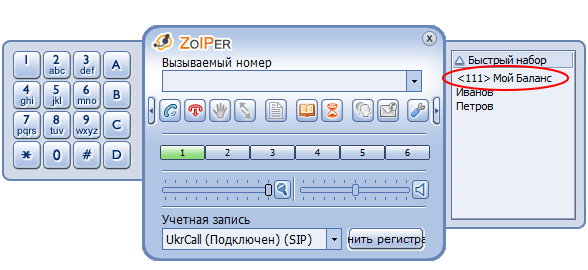Install Ilbc Codec Asterisk Symbol
Testing Done: Asterisk compiles, loads, and uses the iLBC codec. More testing is needed however, particularly with Asterisk 10.
Codecs Codecs are generally understood to be various mathematical models used to digitally encode (and compress) analog audio information. Many of these models take into account the human brain's ability to form an impression from incomplete information. We've all seen optical illusions; likewise, voice-compression algorithms take advantage of our tendency to interpret what we believe we should hear, rather than what we actually hear. The purpose of the various encoding algorithms is to strike a balance between efficiency and quality. 'Aoccdrnig to rsereach at an Elingsh uinervtisy, it deosn't mttaer in waht oredr the ltteers in a wrod are, the olny iprmoetnt tihng is taht frist and lsat ltteres are in the rghit pclae. The rset can be a toatl mses and you can sitll raed it wouthit a porbelm.
Tihs is bcuseae we do not raed ervey lteter by istlef, but the wrod as a wlohe.' (The source of this quote is unknownsee.) Tihs is ture with snoud, too. On an audio CD, quality is far more important than bandwidth, so the audio is quantized at 16 bits (times 2, as it's stereo), with a sampling rate of 44,100 Hz. Considering that the CD was invented in the late 1970s, this was quite impressive stuff. The telephone network does not require this level of quality (and needs to optimize bandwidth), so telephone signals are encoded using 8 bits, at a sampling frequency of 8,000 Hz.
The target of presented utilities is Windows 7 and its derivatives. Clave para activar windows 7 ultimate.
Originally, the term CODEC referred to a COder/DECoder: a device that converts between analog and digital. Now, the term seems to relate more to COmpression/DECompression. Before we dig into the individual codecs, take a look at it's a quick reference that you may want to refer back to. Codec quick reference Codec Data bitrate (kbps) Licence required? G.711 64 kbps No G.726 16, 24, or 32 kbps No G.723.1 5.3 or 6.3 kbps Yes (no for passthrough) G.729A 8 kbps Yes (no for passthrough) GSM 13 kbps No iLBC 13.3 kbps (30-ms frames) or 15.2 kbps (20-ms frames) No Speex Variable (between 2.15 and 22.4 kbps) No 8.3.1. G. Hauppauge wintv 26559 driver windows 7. 711 G.711 is the fundamental codec of the PSTN.

In fact, if someone refers to PCM (discussed in the previous chapter) with respect to a telephone network, you are allowed to think of G.711. Two companding methods are used: m-law in North America and A-law in the rest of the world.
Either one delivers an 8-bit word transmitted 8,000 times per second. If you do the math, you will see that this requires 64,000 bits to be transmitted per second. Many people will tell you that G.711 is an uncompressed codec.
This is not exactly true, as companding is considered a form of compression. What is true is that G.711 is the base codec from which all of the others are derived. G.726 This codec has been around for some time (it used to be G.721, which is now obsolete), and it is one of the original compressed codecs. It is also known as Adaptive Differential Pulse-Code Modulation (ADPCM), and it can run at several bitrates. The most common rates are 16 kbps, 24 kbps, and 32 kbps.